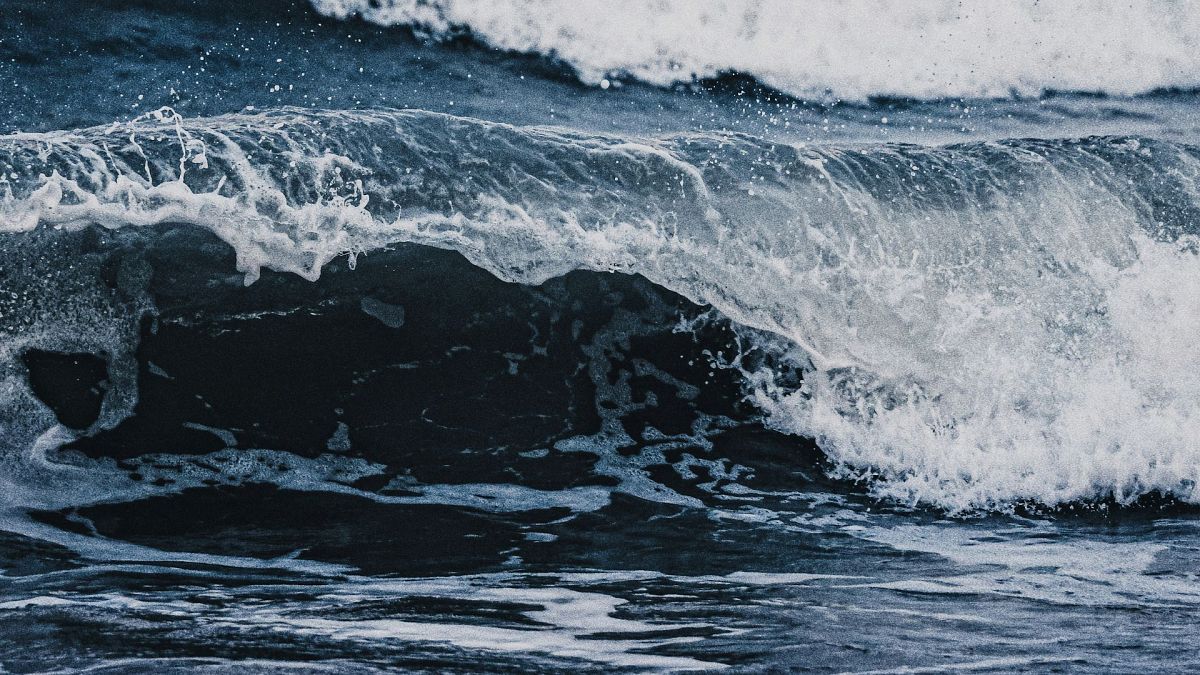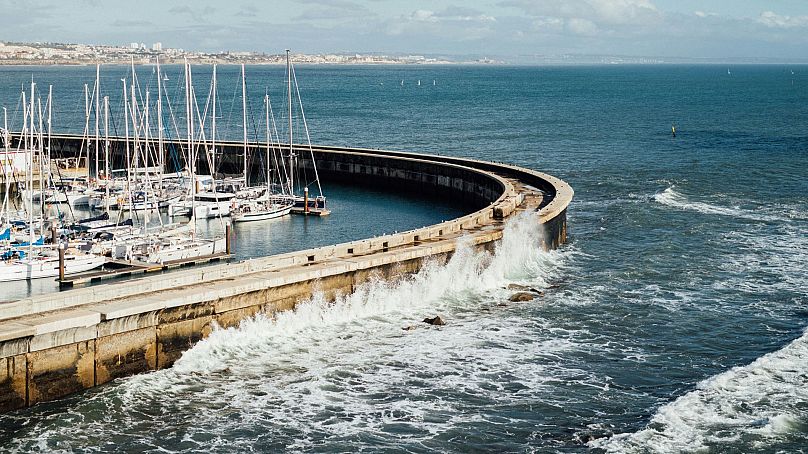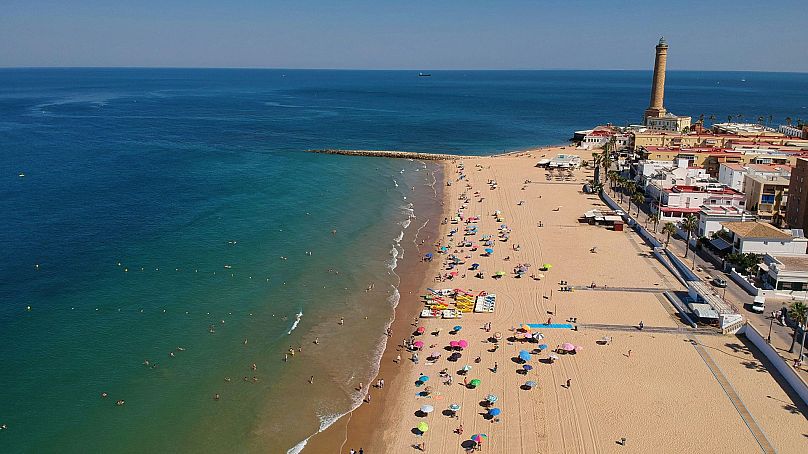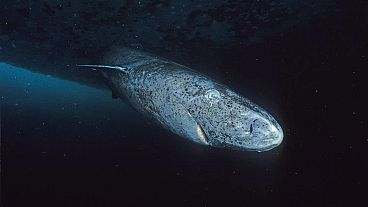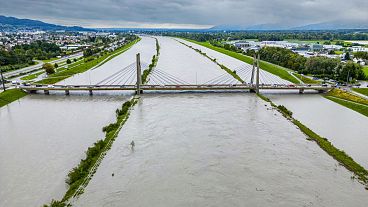Only seven tsunamis have hit Spain since 365 AD, but experts warn the big one is on its way in the next 30 years.
The Intergovernmental Oceanographic Commission of UNESCO (IOC) is warning with 100 per cent certainty that a tsunami measuring over one metre will hit the Mediterranean in the next 30 years.
Spanish newspaper La Razon reports that the danger zone is the Averroes fault beneath the Alboran Sea - roughly halfway between the Málaga coast and north Africa.
An earthquake here could cause six-metre waves, which would reach Spain in as little as 21 minutes. In a best-case scenario, coastal residents would still only have 35 minutes to flee inland.
Just how deadly would a Mediterranean tsunami be?
There have been around 100 tsunamis in the Med and surrounding seas since the beginning of the 20th century - that’s about 10 per cent of the world’s total tsunamis for the period.
Tsunamis in the northeast Atlantic are less common, though an 8.5 magnitude earthquake in 1755 triggered a tsunami that destroyed most of Lisbon in Portugal, Cádiz in Spain, parts of Morocco, and reached southwest Cornwall in the UK and Ireland.
And while a one- or even six-metre tsunami might not be on the scale of the Indian Ocean event of 2004, which killed more than 230,000 people and displaced 1.7 million more, or the Japanese tsunami of 2011, which caused approximately $243 billion (€225 billion) damage, it would still be an emergency.
“We don’t expect waves of 20 metres, like in Japan, Chile or Sumatra, but more like one to two metres," Hélène Hébert, national coordinator of France’s CENtre d’ALerte Tsunami (CENALT), told Euronews Green earlier this year.
“What is extremely hazardous is not only the altitude of the tsunamis but the flows and fluxes of the water - and the flooding, which can cause damage to beaches, harbours and streets. If it’s a small harbour and the waterfront is very low, a tsunami could be more treacherous.”
A Mediterranean tsunami would arrive in as little as 21 minutes
Pascal Roudil, technical coordinator at the CENALT, told Euronews Green earlier this year: “Tsunamis can arrive quite quickly.” An earthquake off the Málaga coast would trigger a tsunami hitting the shore in 21 to 35 minutes.
“In the western Mediterranean,” Roudil added, “if we have an earthquake near Algeria, it will cross the sea within an hour and 15 minutes.
“Also, while our tsunamis are not as big as in the Pacific, you don’t need waves that are 30 metres high to have damage and injuries. Even 50cm can be dangerous to swimmers,” he adds.
What plans are in place for European natural disasters such as tsunamis?
France already has a red-alert plan in place for the first 15 minutes after a tsunami, with its CENALT set up in 2012.
In 2022, UNESCO undertook a mission to the Aeolian Islands, off the coast of Sicily, to investigate the risk from its underwater volcanoes. These could cause catastrophic tsunamis, says volcanologist Francesco Italiano of the Italian Istituto Nazionale di Geofisica e Vulcanologia.
In Spain, the State Plan for Civil Protection against the Risk of Tsunamis has an early-warning system to identify underwater earthquakes and a plan for authorities to coordinate responses to keep the public safe.
Spain’s first ‘tsunami-ready’ town prepares for the floodwaters
Should a tsunami originate in Cape St Vincent off the Portuguese coast, it would reach the Spanish Cádiz coast in 40 minutes, leaving authorities and residents less than an hour to prepare.
Though the IOC puts odds of a Cádiz tsunami at only 10 per cent over the next 50 years, the region’s town of Chipiona is aiming to be Spain’s first ‘tsunami ready’ municipality: it’s already held mock evacuation drills.
These were part of exercises organised by ICO to prepare seven communities in the northeast Atlantic and Mediterranean for the coming tsunami.












